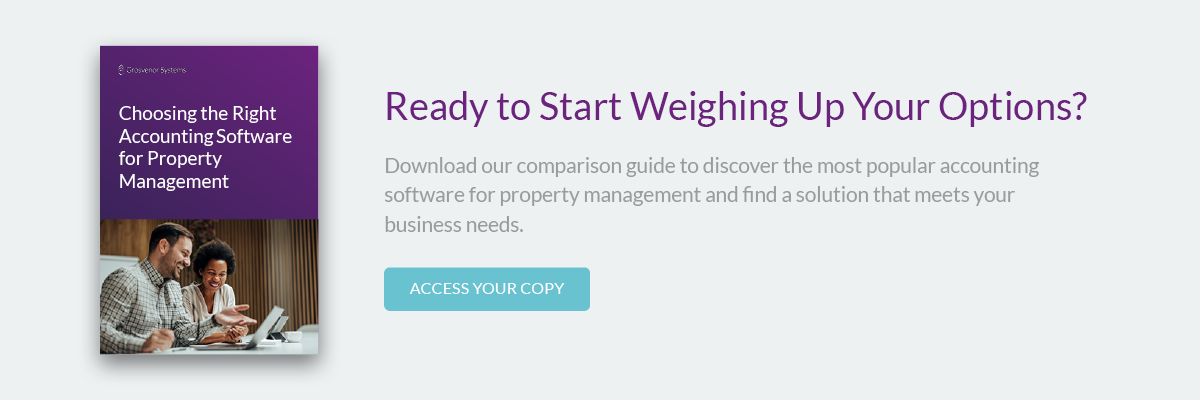A guide to the prevention and management of rent arrears
Timely rental collection is key to maintaining a healthy revenue stream. Ultimately, this is what makes a functioning property business where bills are paid on time and balanced in accounting books. However, rent arrears have increased nationally in the last few years, presenting concerns for landlords and the government around reliance on legal action.

This calls for more information on proactive, preventative rent arrears measures so property owners can avoid possession routes and only utilise them as a last resort to support worst-case scenarios.
Here’s how you prevent and manage rent arrears according to best practice.
Having an effective strategy
First and foremost, property managers need to have a strategy in place. Although we hope tenants will never fall into arrears, we always need to be prepared for this eventuality with clear processes in place to deal with it if and when the time comes.
Not having a rent arrears strategy leaves your operation vulnerable if the worst does happen. Take the pandemic as an example where a staggering 353,000 private tenants ended in rent arrears at the end of 2020.
Be transparent to teams and tenants about your plans
Whether it’s a two, three or even four-point process, it doesn’t matter so long as you’re transparent about it to those it affects — your team and your tenants.
There should be a formal written arrears policy to support this strategy that’s available for tenants to read and for employees to reference and action. Otherwise, what good does an invisible strategy do? For strategies to work, they need to be delegated and executed so they can be implemented, not just exist as a bright idea.
Act but also educate
When actioning rent arrears strategies, remember to be prescriptive and explain the action you’re taking as well as the follow-up action that will result if the instructions are ignored. There’s a reason why government departments like the HM Revenue & Customs operate in this way, as it proves to be the most efficient in encouraging action. How? By:
- Empowering individuals with all the information
- Arming them with choices and informing them of the outcomes
This way, you’re supporting the tenant to make the best choice for them, based on their situation.
Using a structured approach to communication also means you can manage rent arrears on a mass scale, moving individual accounts down a funnel to indicate which stage they’re in. For example, some tenants might balance their account after one notice, while others might still sit in arrears up until legal action is taken.
Incentivise if you need to
Some even suggest incentivising timely rental payments with rewards, providing motivation for tenants to pay on time, all the time.
This might not be as obvious as saying ‘pay on time and we’ll give you X’, but property managers may encourage tenants to comply by adopting some aspects of a loyalty scheme.
Creating clear policies
To support strategy, policy needs to be put into place. The written policy sets your strategy in stone and makes it clear for all parties what you expect from rental payments. There are many free templates for rental and lease agreements available to guide you. Yet, the key here is to be as concise and clear as possible so you don’t cause any confusion.
Advise before arrears
Policy is all part and parcel of taking a proactive approach to rent arrears. It means your organisation’s rules and regulations can be read before an agreement is signed and a tenant relationship begins.
It’s best practice to tell customers upfront how you aim to deal with them before they’ve had an opportunity to slip into arrears.
You should take this same early approach with your employees, advising them of what to do before the situation arises. Talk about arrears management during the onboarding process and offer training to deal with the different stages of tenant debt.
Balance formality with flexibility
Although most advice about rent arrears is to offer a structured, transparent approach that keeps track of a tenant’s status, it’s still essential to make room for the human element of a tenancy.
Allow your staff to use their discretion in situations where arrears are uncommon and recognise the different renter personas you have on your books. Sometimes, a route that’s too formal can alienate individuals and damage long-term relationships. So, if you think it’s appropriate to offer leeway in some cases and bend the rules with goodwill, do so by expertly balancing formality with flexibility.
Be understanding in unusual circumstances
Policy changes over time, even though it feels and reads as final. In unusual circumstances, such as coronavirus or in an economic downturn where the majority of tenants will be impacted, it’s wise to revise policy and put in new and more appropriate measures for arrears chasing.
This could be softening communications, adding another stage to the chasing process to give a longer notice period and offering rental breaks during difficult times.
Self-assessment questionsAre you following the right arrears process? Ask yourself these questions to see if there are things you could do differently:
|
Monitoring rent accounts using IT
Strategy and policy can come to life with IT, allowing your teams to take control and have total visibility over arrears. Using technology, property managers can sustain tenancies, putting eviction and possession in its place at the very end of the arrears chain.
Using technology to avoid eviction and possession
As noted in research by The Office of the Deputy Prime Minister: “Eviction has high social and economic costs and landlords should therefore place increasing emphasis on alternative approaches and a focus on preventative, rather than reactive strategies.”
One of the critical areas to regain control without utilising the legal system is technology where rent arrears can be easily tracked, including associated communications. Here, rent arrears can be backed by historical data, meaning any team member can jump in and see a tenant’s status.
Investigating incidence and pattern of rent arrears
Using reporting functions, property managers can take a macro view of rent arrears to pick out patterns to prevent rent arrears across all active and future cases. This stops teams from being weighed down by individual cases and allows them to see an overview of arrears.
Scheduling and generating bespoke reports help provide visibility over arrears so teams can take a step back to more strategic decisions. Remember, data is your friend when managing tenancy accounts on a mass scale.
Adopting automation to ease arrears chasing
Automation can also help streamline arrears chasing, making it much easier to implement arrears policy. Through bulk production of communications, tenants can receive templated notices in the most convenient formats and benefit from a uniform process that feels both informative and inclusive.
Every little bit of time saved by automating arrears can be reinvested in activities such as report analysis. The result? Teams aren’t tied down struggling with today’s issues. They’re free to focus on more top-level activities, creating solutions for rent arrears for the future.
Is your current property management system failing to deliver those all-important insights?
Get a comprehensive overview of your options with our free resource. Designed to answer any questions you might have about the property management and accounting solutions that are available to you, our guide allows you to accurately compare each option, so you can make an informed decision about which is best for your team and business.


